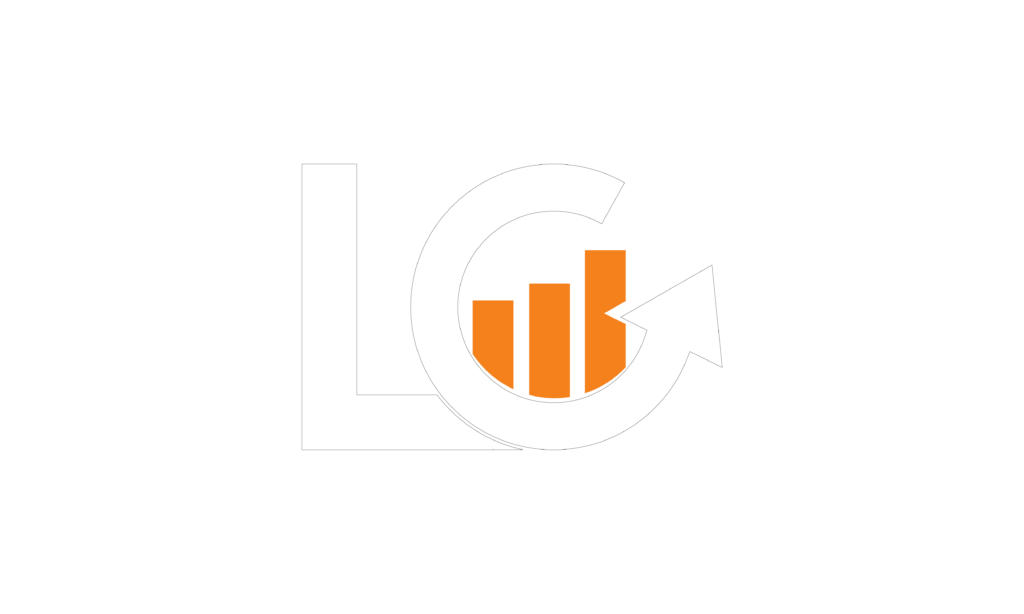How to implement Activity-Based Costing: to strategically Reduce Operational Costs

Activity-Based Costing (ABC) is a valuable methodology for businesses seeking to streamline operations and successfully reduce supply chain costs. It enhances visibility into process costs, enables precise cost management across various business functions, and facilitates improved performance evaluation by linking costs directly to profitability.
In my experience, particularly in manufacturing, it is evident that while many organizations are skilled at tracking direct costs, they often struggle with understanding the cost implications of activities at a granular level. Frequently, key questions arise without clear support on their answers:
What are the costs associated with products, services, or customers, and which are most and least profitable?
Which activities have the highest or lowest cost impact on specific products?
How do changes in production volume or product mix affect costs?
Traditional accounting methods often fall short in addressing these questions, as they typically allocate indirect or overhead costs in a generalized manner, averaging them unfairly across distinct categories; leading to inaccuracies in cost driver identification and precise profitability analysis.
Advantages of Activity-Based Costing (ABC)
ABC offers several advantages over traditional costing methods:
Enhanced Cost Visibility: ABC identifies specific cost drivers and allocates indirect costs more accurately, providing a clearer picture of cost behaviors.
Informed Decision-Making: By linking costs to activities, it recognizes the tasks that should be amplified, removed or reduced to support better pricing strategies and cost management decisions.
Targeted Performance Evaluation: It allows for more precise analysis of profitability by activity, product, customer, or department.
Steps to Implement Activity-Based Costing
Define Objectives: Establish clear goals for implementing ABC, such as improving cost accuracy or reducing overhead.
Identify Activities: List all activities related to product or service delivery, such as machine setups, quality inspections, and order processing.
Create Cost Pools: Group related activities and overhead expenses into cost pools. This step helps in assigning indirect costs more precisely.
Calculate Total Overhead for Each Cost Pool: Compute the sum of overhead costs associated with each cost pool, including labor, utilities, and equipment depreciation. Simplify this process by consulting with key personnel and reviewing processes.
Identify Cost Drivers: Determine cost drivers for each pool, such as machine hours or number of inspections, which best represent the activities generating costs.
Compute Cost Driver Rates: Divide the total overhead of a cost pool by the total number of cost drivers to find the cost driver rate.
Cost Driver Rate = Total Overhead Cost / Total Cost Driver UnitsAllocate Overhead Costs: Multiply the cost driver rate by the number of cost drivers related to each activity to determine the overhead cost for that activity.
Example Calculation:
Cost Pool | Total Overhead Cost | Cost Driver Units | Cost Driver Rate |
Machine Setup | $180,000 | 200 setups | $900 per setup |
Inspections | $75,000 | 250 hours | $300 per hour |
Purchase Ordering | $60,000 | 600 orders | $100 per order |
Analyze Results and Implement Improvements: Use ABC data to identify high-cost activities and areas for improvement. For example, if machine setups are costly, explore options for optimization.
Monitor and Refine: Continuously monitor ABC outputs and refine processes based on new data and insights.
Communicate Findings: Share results with relevant stakeholders to align on cost management strategies and operational improvements.
Comparison – Case example: Traditional Costing vs. ABC
Scenario: A company manufactures two products (A and B) and allocates overhead costs using both traditional costing (based on direct labor hours) and ABC.
Costs Breakdown:
Total Overhead Costs: $1,000,000
Direct Labor Hours – Product A: 10,000 hours
Direct Labor Hours – Product B: 20,000 hours
Traditional Costing Method
Overhead Rate = Total Overhead Costs / Total Direct Labor Hours
Overhead Rate = $1,000,000 / 30,000 hours = $33.33 per direct labor hour
Product A: Overhead = 10,000 hours × $33.33/hour = $333,300
Product B: Overhead = 20,000 hours × $33.33/hour = $666,600
Activity-Based Costing:
Step | Machine Setup | Quality Inspection | Packaging | Total |
Step 1: Clarify Goals | Reduce overall internal costs by at least 5% | Reduce overall internal costs by at least 5% | Reduce overall internal costs by at least 5% | |
Step 2: Identify Activities in your process | Preparing machines for Production | Inspecting finished products | Packing the final products | |
Step 2: Assign Costs to Activities | $200,000/year | $300,000/year | $500,000/year | $1,000,000/ year |
Step 3: Determine Cost Drivers | 300 setups/year | 8,000 inspections/year | 150,000 packages/year | |
Cost Driver Product A | 100 setups | 3,000 inspection hours | 50,000 units | |
Cost Driver Product B | 200 setups | 5,000 inspection hours | 100,000 units | |
Step 4: Activity Rates = Total cost / Total number | $666.67 per setup | $37.50 per inspection hour | $3.33 per package unit | |
Activity Rate / Costs Allocated to Product A | $66,667 | $112,500 | $166,500 | $345,667 |
Activity Rate / Costs Allocated to Product B | $133,334 | $187,500 | $333,333 | $654,167 |
Step 5: Analyze Results | High setup costs | Moderate inspection costs | Represents the higher cost driver | |
Step 6: Implement Improvements | Evaluate ways to reduce set up cost | Review # of batch inspection to reduce the cost | Negotiate packaging material costs and labor productivity | |
Step 7: Monitor and Refine | Create periodic indicators to track performance | Create periodic indicators to track performance | Create periodic indicators to track performance | |
Step 8: Communicate Findings | Discuss setup optimization | Share inspection effectiveness | Review packaging process with team |
Summary
Product | Overhead (ABC) | Overhead (Traditional) |
A | $345,667 | $333,300 |
B | $654,167 | $666,600 |
This example, though overly simplistic for calculation purposes, do not take into consideration the cost of many other direct and indirect activities that should have been added under ABC (such as order processing, managing POs, material handling, shipping and receiving, customer support, maintenance, and other relevant costs) involved within a regular operation that require the costing evaluation to have better preparation of cost breakdown by tasks, and real understanding of actual activities that drive expenses.
ABC offers more granular insights compared to traditional costing, which simplifies overhead allocation based on a single factor. By examining activities in detail, ABC helps in understanding cost behavior and making more informed pricing and budgeting decisions.
For easy calculation in this example, both methods give a somewhat similar picture of overhead allocation, but ABC offers more detailed insights that would be critical for making strategic decisions. Real case scenarios will be more complex with more variables, as a result, costing differences between traditional and ABC methods often tend to have a wider percentual gap.
Conclusion
Activity-Based Costing is a powerful tool for enhancing cost accuracy and improving decision-making in many industries besides manufacturing operations or supply chain management. While its implementation might require long-term effort, the benefits in terms of precise cost allocation and strategic insights make it a worthwhile investment. By adopting ABC, organizations can achieve a clearer understanding of cost drivers, optimize operations, and enhance profitability.
Activity-based costing (ABC) Management is a key driver in today’s business landscape to develop competitive advantages. Most businesses are able to understand its methodology and the approach since the concept is in fact simplistic, however, it requires detailed work, organizational and behavioural change for businesses to implement it properly.
At Leanco Consulting Inc, we recognize every business is different, therefore we specialize in creating tailored business solutions that drive process improvement, reduce cost, and enhance overall business performance by meeting your specific needs. Our mission is to support growing business and empower them with the tools required to become more profitable.
